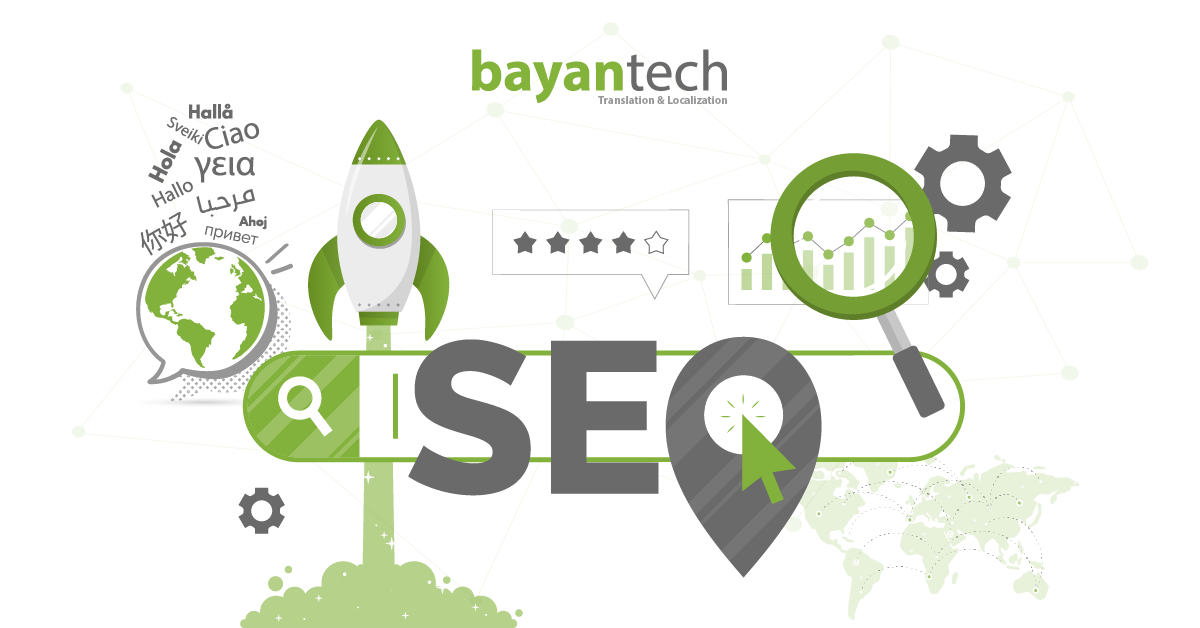Are you an international company with a large body of employees? Do you want your team -in-house and overseas- to receive quality training? Investing in the human resources management of your company keeps the workflow of your business more efficient. Hence, many companies ensure providing their teams with regular training -especially large companies with branches in different locations and countries.
Proven to be a convenient way of learning, eLearning courses are favored by users for being flexible and effective, as well as, it saves time and money. Successfully providing equal learning experiences to all users regardless of their language and location is only possible with well-localized eLearning courses.
eLearning localization allows courses to be, not only translated to the targeted language but also, customized to fit into the cultural frame of the targeted audience.
However, eLearning localization process can be extensive and costly if not performed in a professional way. But, no need to worry, here are some tips to a smooth and cost-effective eLearning localization process;
Learn about Your Target Audience
Taking the risk of causing an uproar over your eLearning content is not something you wish to happen, especially in conservative cultures. For example, exposing women in something less than full covering outfits might be unacceptable in some regions in the Middle-East. Having a solid background about the culture of the audience you’re targeting helps you save loads of time, money, and effort fixing the content later on.
Go for a Culture-Neutral Language Expressions
When designing the course, you naturally go for the idioms, expressions, and even jokes that are relevant to the original language that you are using, which is mostly English because of its dominance as an internationally spoken language.
However, due to the challenges of translating cultural expression that might be time-consuming in the process of eLearning localizing, it’s better to remain neutral and instead use universal imagery that can be comprehensible by the widest base of audience.
Consider eLearning Localization While Designing the Course – Not After
If you are designing content to a certain audience with no intentions to localize it, you are free to imply cultural-related language. But this is not the case if you are releasing this course to an international audience.
Bearing in mind that the next step to designing the course is localizing sharpens your sense towards what might be challenging to convey in other language and cultures. So, instead of designing a content then amending it to fit into a certain culture, put that in mind beforehand.
Learn about the 4 key e-learning tools to scale up your e-learning project.
Leave a Room for Flexible Formatting
Do you know that translation to some languages might result in text expanding by 20%-50%? Do you also know that there are 12 languages- like Arabic- are written from right-to-left?
Leaving a room for such distinctions allows localization to be smoother. It also adds a genuine look to the content and doesn’t make it look it’s been edited.
Collaborate with an Experienced LSP Partner
A smooth process requires experience. All the tips above are valuable and effective when localizing your eLearning content. Yet, entrusting your project to an experienced language service provider LSP will help you ensure a clever management of every step of the process, starting from file preparation till testing and delivering the project.
Not just that, a trusted partner provides you with guidance throughout the process on how to develop and improve the coursework and also on how to adjust and manage the cultural issues to present your company’s goals and message.
Supply your LSP with all Source Material
To guarantee a smooth workflow, provide your LSP with all the material used in designing the course including files, content, storyline details, and documentation of the designing process. This step mainly serves to help you as well as your LSP partner determine a fixed cost and a precise delivery schedule.
Conclusion
Accessibility to learning content through all sorts of gadgets and devices has promoted eLearning courses as a flexible and convenient way of training. Mostly, international companies use it to provide their teams in all branches spread overseas with unified training courses that deliver the same goals for all trainees using their own language.
eLearning localization comes along to function as a way to translate and customize courses content to be suitable for all recipients. However, in order to run a smooth and successful localization process, there should be some tips to consider while localizing your content to ensure a cost-effective process.
Entrusting a professional LSP is the umbrella step that helps the whole process to go coherent and coordinated resulting in a perfect outcome. All you need to do beforehand is to provide your LSP partner with all source material and the rest is their work.
You are welcomed to contact us for a consultation to see if bayantech could be the partner you need for your eLearning localization projects.







